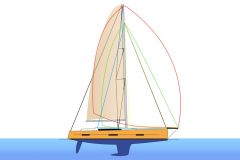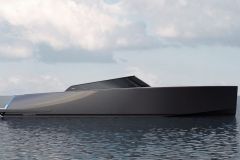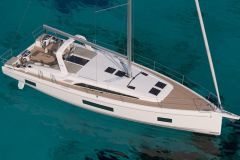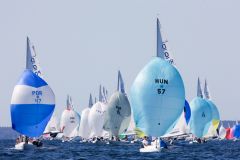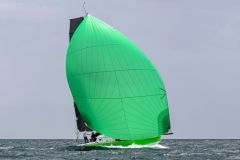The Cher is cut by lock dams. These dams are left open most of the time to facilitate fish migration and to free up flood water. At the beginning of the summer, the dams are put in place and the locks put back into service. The diversion bays fill up and navigation can resume.
Half-wild, half-canalized
Outside of the summer season, the level of the Cher is very low and its flow is practically free flowing. The shoals are flush with the surface, the grass grows at the foot of the docks and the boat slips struggle to reach the river. At these times, navigation is not possible, except for boats with a very small draft.
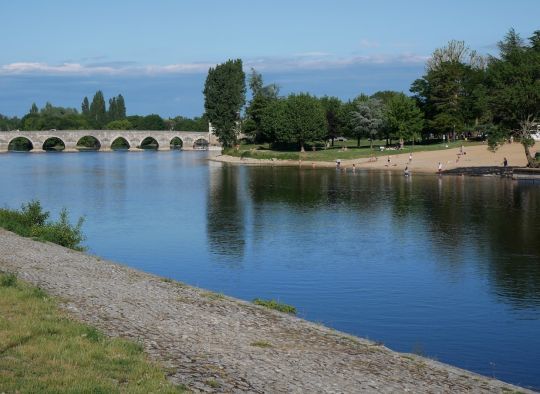
Needles in the water
The dams are composed of needles, long pieces of wood placed side by side and vertically in the river bed. They are supported by metal trusses articulated on the masonry of the dam. When the water is restored, the dam operator raises the trusses, which at the same time form a footbridge. One by one, the needles are plunged into the water in the upstream direction. Only the force of the current holds them in place. This type of mobile dam has become a rarity in France!
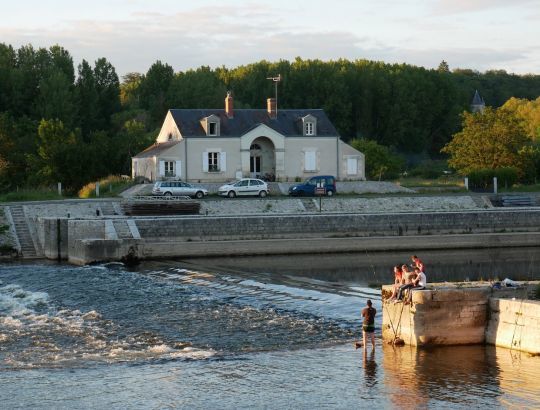
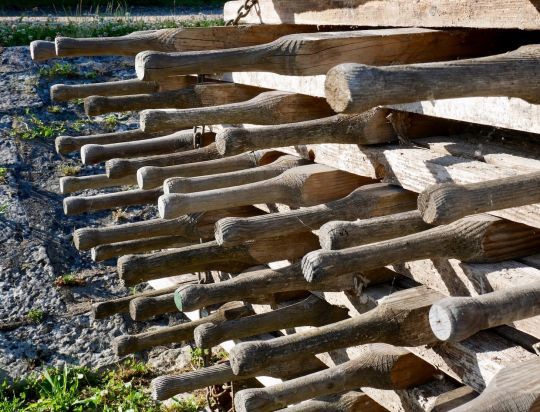
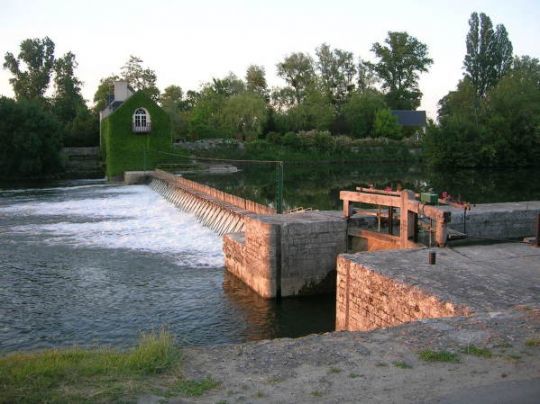
An isolated portion of the network
The Cher was the link between the Canal du Berry and the Loire. Associations of enthusiasts have done a lot for its reopening and its promotion, but despite their efforts, navigation remains random, seasonal, and is really only possible between the place called Bourré, upstream of Montrichard, and the lock of Larcay, at the gates of Tours.

Several reaches, several atmospheres
It is however an attractive waterway that deserves to be discovered. As it is not connected to the rest of the river network, the best thing to do is to come with a transportable boat that can be put in the water without any problem on one of the holds along the route. The reaches are of various tones. Some are lined with cliffs pierced with troglodyte dwellings, while others cross the vineyards of Touraine.
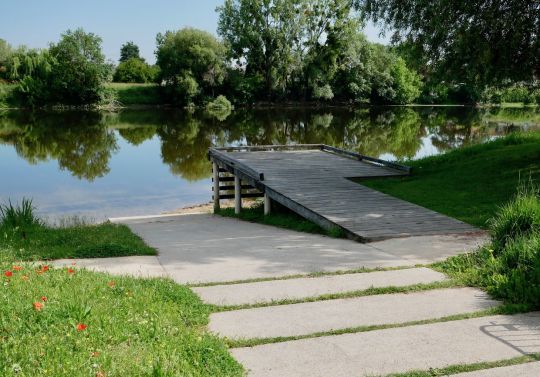
The underside of Chenonceau
The banks of the Cher are dotted with castles, especially Chenonceau, built on arches over the river. The clear stones take the light superbly and to pass by boat under such a monument is an experience to be lived at least once! In Chisseaux, it is possible to rent an electric boat or a canoe to explore this beautiful river.
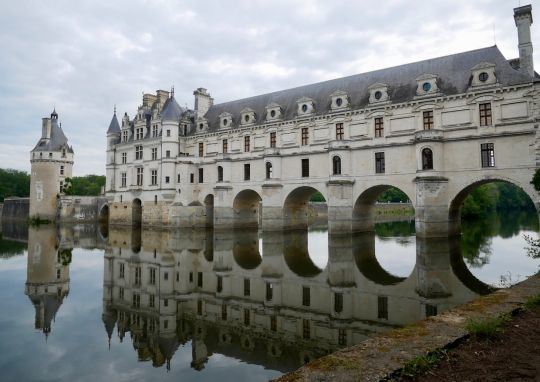
Active associations
The Cher has been a very active river and there are interpretation trails to help you understand the importance of local navigation in the days of the inland waterways. One can follow those of Chissay or of the Port de Chandon. Two associations, the Friends of the Cher Canalised and the Jean Bricau Association, do their best to keep the river heritage alive. The latter organizes trips from Veretz on board the Jean Bricau, a traditional 12-meter futreau.
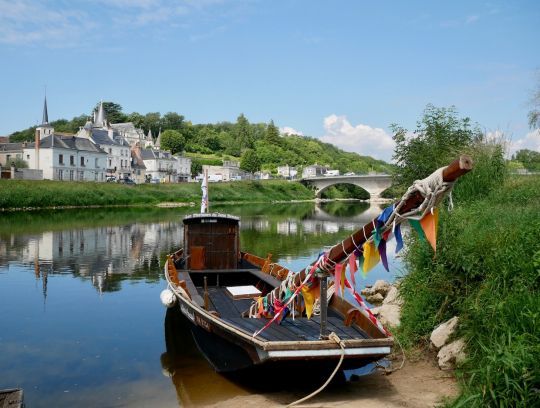
There is no navigation map on the Cher, but if you wish to venture out, you will find many useful tips on the site of the Friends of the Cher, and to a lesser extent on the site of the NEC, Nouvel Espace du Cher.

 /
/ 

